Centipedes: Facts & Information
Appearance: Centipedes are arthropods belonging to the class Chilopoda. They are elongated, worm-like creatures with segmented bodies and multiple pairs of legs. Despite their name, centipedes do not have 100 legs; the number of legs varies depending on the species, but most have between 15 and 177 pairs. Centipedes have one pair of legs per body segment, and their bodies are typically flattened and covered in a protective exoskeleton. They vary in color from light brown to reddish-brown or gray.
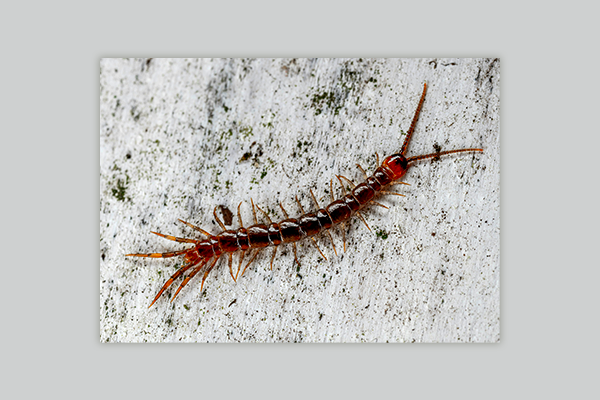
Behavior: Centipedes are predatory creatures that primarily inhabit moist environments such as forests, grasslands, and gardens. They are nocturnal hunters, using their sharp, venomous claws located on the first body segment to capture and immobilize prey. Centipedes are solitary creatures and are rarely seen in groups, preferring to hide in dark, damp places during the day and emerging at night to forage for food.
Diet: Centipedes are carnivorous predators that feed on a variety of small insects, spiders, worms, and other arthropods. They are efficient hunters, using their keen sense of touch and chemical receptors to locate and capture prey. Centipedes inject venom into their prey through specialized fangs, paralyzing or killing them before consuming them.
Getting Rid of Centipedes: While centipedes play a beneficial role in controlling insect populations, they can become nuisances when they invade homes and buildings. Here are some tips for getting rid of centipedes:
- Reduce Moisture: Centipedes are attracted to moisture, so reducing humidity levels and eliminating water sources can help deter them. Fix leaky pipes, improve ventilation, and use dehumidifiers in damp areas such as basements, crawl spaces, and bathrooms.
- Remove Hiding Places: Centipedes prefer dark, secluded hiding places where they can hunt and rest undisturbed. Declutter storage areas, seal cracks and crevices, and remove debris from around your home’s foundation to eliminate potential hiding places for centipedes.
- Seal Entry Points: Centipedes can enter buildings through small cracks, gaps, and openings in walls, doors, windows, and foundations. Seal these entry points with caulk, weather stripping, or door sweeps to prevent centipedes from gaining access to your home.
- Use Insecticides: Apply residual insecticides labeled for use against centipedes to exterior surfaces where centipedes are active, such as walls, siding, and window frames. Follow the manufacturer’s instructions carefully when using insecticides, and consider hiring a professional pest control service for safe and effective treatment.
Benlux Corporation Pest Control Service: Benlux Corporation Pest Control Service offers professional pest control solutions for residential and commercial properties in Toronto and the surrounding areas, including centipede control. Our experienced technicians conduct thorough inspections to identify centipede entry points, nesting sites, and activity areas.
Using integrated pest management techniques and environmentally friendly products, we develop customized treatment plans to eradicate centipedes safely and efficiently. Our services may include targeted treatments, barrier applications, and exclusion measures to prevent centipedes from entering your home or building.
With Benlux Corporation Pest Control Service, you can trust our expertise and commitment to delivering reliable centipede control solutions tailored to your specific needs. Don’t let centipedes invade your living space – contact us today for professional pest control assistance.
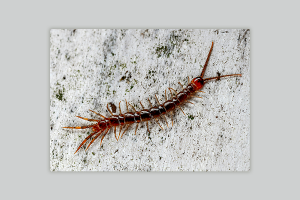
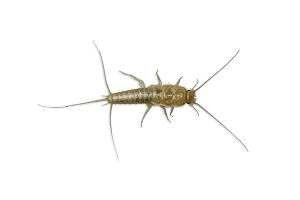
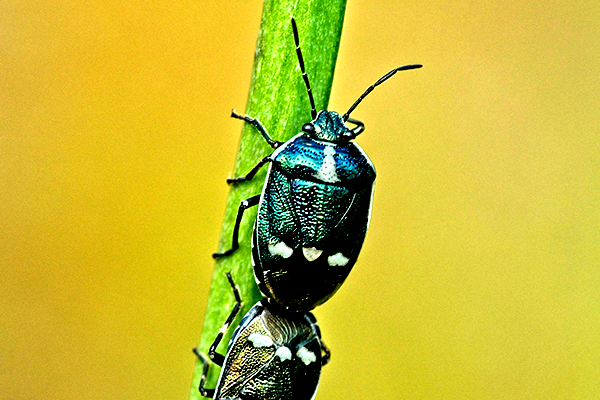
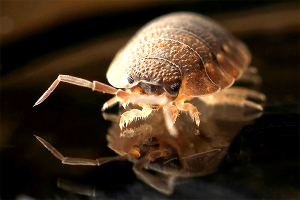
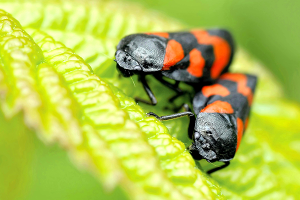

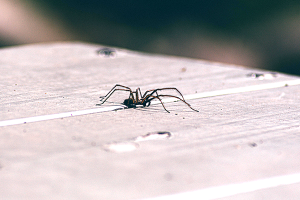
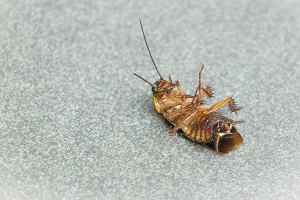
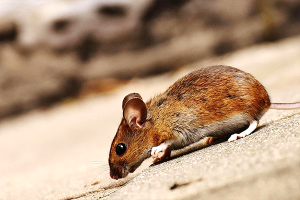

Leave a Reply